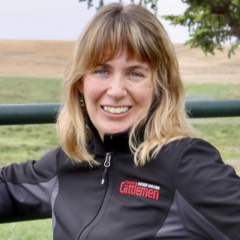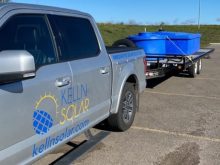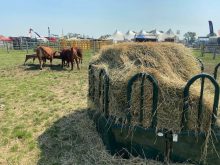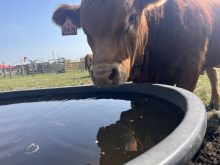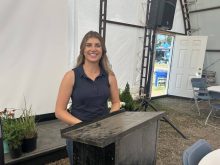Rob Wunder is always looking for ways to increase value, whether livestock or acres.
Wunder, who farms with his family south of Foam Lake, Sask., spoke about the synergies between grain farming and cattle during the Canadian Forage and Grasslands Association lunch and learn at Ag in Motion on Wednesday. The family runs about 300 head of cows, and crops between 1,000 and 1,500 acres, depending on the markets. Some of that cropland is certified organic, Wunder said, while the balance is in a regenerative system.
“We’ve grown everything from buckwheat to hemp to your staples of oats and barley and mustard and peas and things.” Wunder adds they’ve done season-long cover cropping, relay cropping and intercropping. They integrate perennials into the rotation as well as the cattle, and use the cattle manure as compost. A few years ago, they also “bought into vermicompost,” said Wunder. They make compost extracts such as tea and seed treatments, and apply them to their grain acres. “My favourite part is the grazing side of it. And on our operation, we are very heavily into AMP grazing — adaptive multi-paddock grazing.”
Read Also
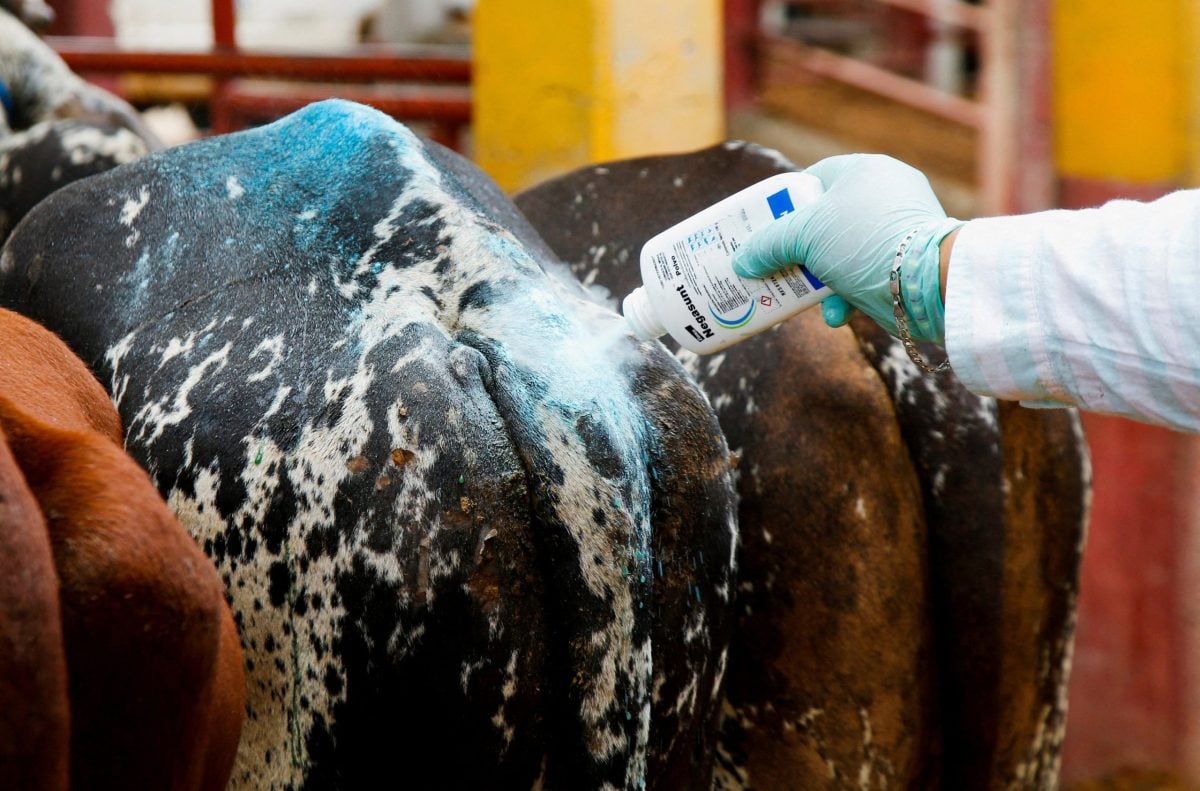
U.S. not ready to lift Mexican cattle ban over screwworm, Agriculture Secretary Rollins says
The U.S. is not yet ready to reopen its border to Mexican cattle amid an outbreak of the flesh-eating New World screwworm parasite, Agriculture Secretary Brooke Rollins said, but she is pleased with Mexico’s efforts to contain the pest.
As a smaller operation, every field is different, and they can intensively manage things. That’s reflected in their stocking densities. Wunder said they sometimes graze with “extreme densities” of cattle, but with multiple moves a day, density can change quickly.
“At times we’ve been over two million pounds of live weight per acre.” The same day, they might drop to 5,000 pounds, depending on what’s happening in that field, he adds. Livestock help with nutrient cycling, weed control and residue management on the farm, he said. They offer “so many options to build soil health.”
They also like to add value by stacking enterprises, he said. That might mean grazing before seeding a cash crop, grazing after harvesting a cash crop, seeding a relay crop, or grazing residue or chaff piles.
“We’re not making bales, we’re not hauling bales. We’re not putting the bales out, cutting off frozen netwrap and questioning your choices in life. There’s a lot of things that we’re not doing.”
They supplement with grain or screenings. If they want to improve sandy patches, they’ll supplement with hay. He’s seen the cows eat the chaff piles before eating the hay, and said the chaff can provide some “decent feed nutrition.” He did have one caveat. “I’m not telling you to not feed your cows and do chaff pile grazing.”
There are a few pitfalls, Wunder said. Not all the cows will stay in the program with a system like this. Plus, deep snow can bury feed, creating losses and leaving a mess to deal with in the spring. This system fits a spring calving window well, but may not work for a January or February calving window. It does limit fall weed control, and producers need to think about water and shelter. Wunder touched on mindset when trying new things. “I always ask myself, why do I want that to work on our operation? What outcomes am I trying to achieve?”
Rather than writing something off as a complete failure, he said they try to figure out how to modify things before trying again. They are continuously learning, he said, and they expect, and plan, to fail. “And I just try really hard to limit the zeros behind those mistakes.”

